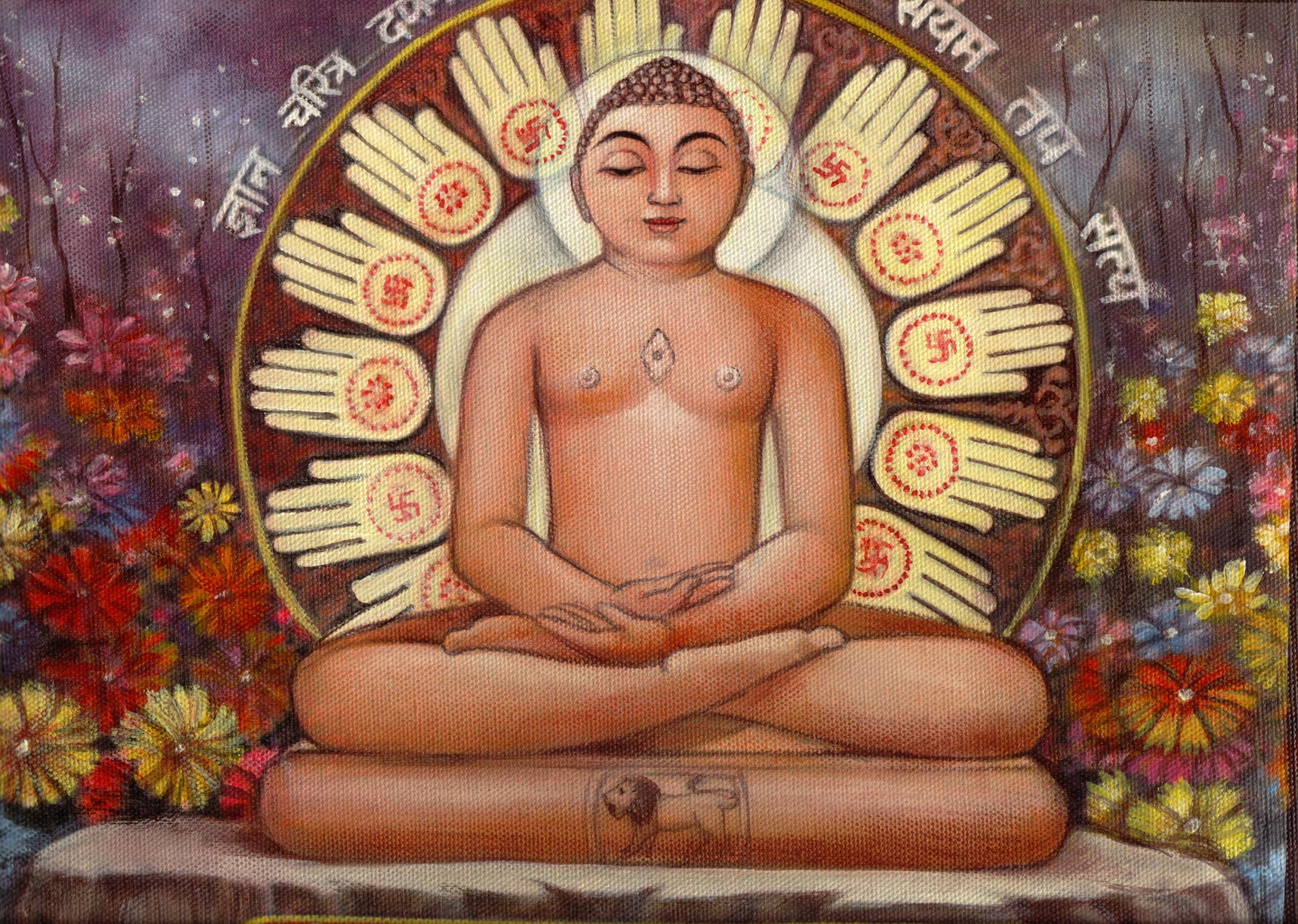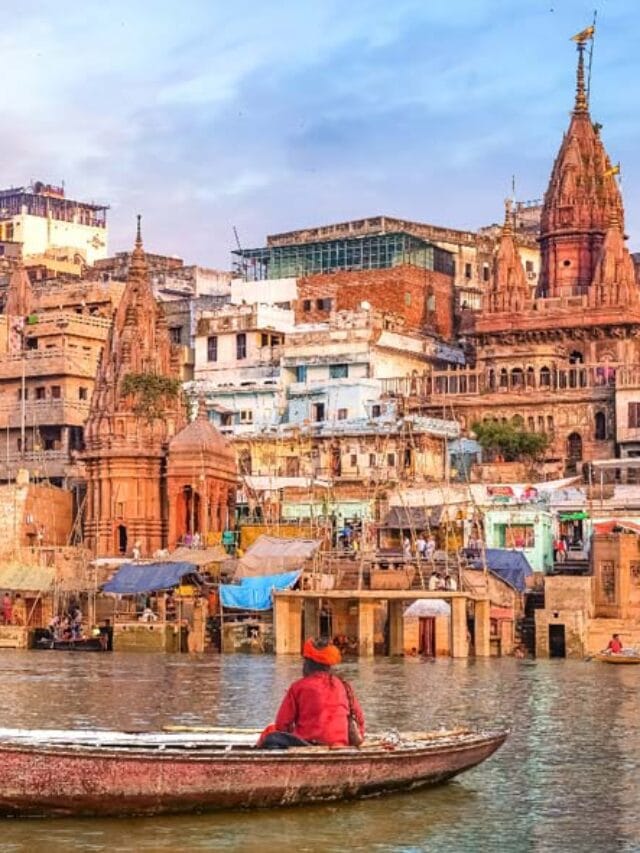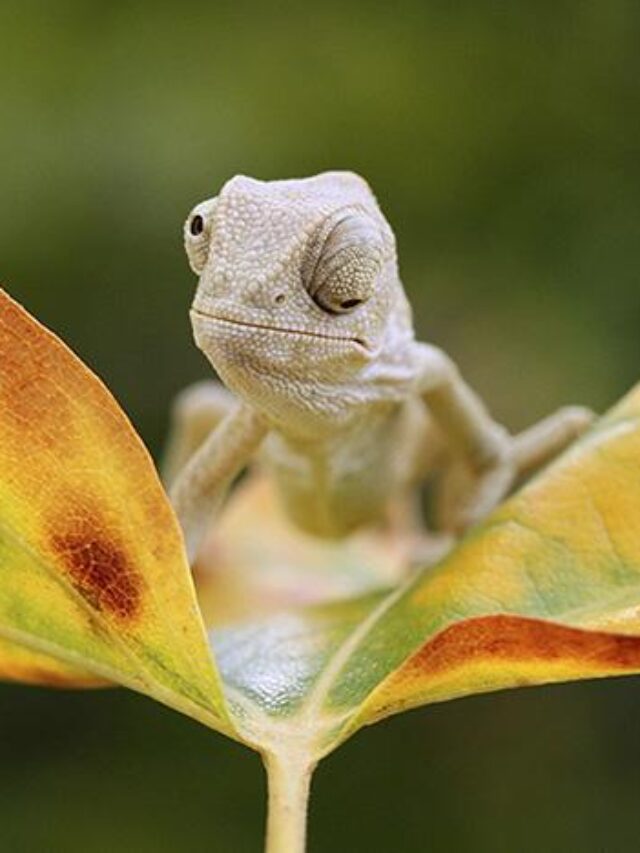
Origin Of Jainism
- Jainism is a very old religion, possibly as ancient as the Vedic religion. It has a line of important teachers known as Tirthankaras.
- There were 24 of these spiritual leaders, with Vardhaman Mahavira being the last one. The very first Tirthankara is believed to be Rishabhanath, and the 23rd was Parshvanatha, who was born in Varanasi around the 8th or 7th century BC.
- It’s interesting to note that all the Tirthankaras were born into the Kshatriya warrior class..
Vardhaman Mahavira (540 – 468 B.C.)

- Vardhaman, who is considered the last Tirthankara, was born near Vaisali in a place called Kundagrama. His parents belonged to the Kshatriya warrior class.
- His father was Siddhartha, the leader of the Jnatrika Clan, and his mother was Trishala, who was the sister of Chetaka, the chief of the Lichchhavi clan.
- Interestingly, Chetaka’s daughter married Haryanka King Bimbisara.
- Vardhaman got married to Yasoda and had a daughter named Anojja or Priyadarsana.
- However, when he turned 30, he left his home and became a wandering ascetic. During this time, he practised self-mortification.
- After 13 years of living this ascetic life, he achieved the highest spiritual knowledge called Kevala Jnana when he was 42 years old.
- He attained this knowledge under a sal tree in the village of Jimbhikagrama.
- This is a significant spiritual achievement and is known as Kaivalya. From then on, he was called Mahavira, Jina (victor), Jitendriya (one who conquered his senses), Nigrantha (free from all bonds), and Kevalin.
- Vardhaman spent 30 years teaching his spiritual insights and passed away at the age of 72 in Pava, near Rajagriha.
Causes of the rise of Jainism
- The Vedic religion had become very focused on rituals.
- Jainism was taught in Pali and Prakrit, which made it easier for regular people to understand compared to the more complex Sanskrit.
- Jainism was open to people from all castes, providing a dignified place especially for those from lower castes who were often suffering in the rigid Varna system.
- Around 200 years after Mahavira’s passing, a severe famine in the Ganga valley led Chandragupta Maurya and Bhadrabahu (the last spiritual leader of the undivided Jain community) to move to Karnataka. This migration helped Jainism spread to Southern India.
Teachings of Jainism
- Mahavira went against Vedic beliefs. He didn’t believe in the existence of gods. He thought that the universe came from natural cause and effect, not divine beings.
- He strongly believed in karma and the idea that the soul continues after the body dies. Your actions, according to him, determine whether you’ll be rewarded or punished.
- He promoted a tough, non-violent, and simple way of living. He stressed equality but didn’t completely reject the caste system, unlike Buddhism. Instead, he thought a person’s worth was based on their actions, not their birth.
- Asceticism, which includes things like extreme fasting, nudity, and self-punishment, was a big part of his teachings.
- He divided the world into two elements: the conscious (Jiva) and the unconscious (Atma).
His principles emphasised on having:
- Right faith
- Right knowledge
- Right conduct (observance of five vows)
- Ahimsa (non-violence)
- Satya (truth)
- Asteya (no stealing)
- Aparigraha (no acquiring property)
- Brahmacharya (abstinence)
Split in Jainism
When Bhadrabahu went to South India, Sthulabahu stayed in the North with his followers. Sthulabahu made a change in the rules and allowed the wearing of white clothes. This led to a split in Jainism, resulting in two sects:
- Svetambaras: They wear white clothes and are mainly found in the North.
- Digambaras: They go “sky-clad” or naked and are predominantly in the South.
Jainism had important gatherings called Jain Councils:
- The First Council took place in Pataliputra in the 3rd century BC, with Sthulabhadra as the presiding authority.
- The Second Council was held in Vallabhi, Gujarat, in 512 AD, with Devardhi Kshemasarmana as the presiding figure.
Patrons Of Jainsim
Jainism had royal patrons who supported and promoted the religion in different regions of India:
South India
- Kadamba dynasty
- Ganga dynasty
- Amoghavarsha
- Kumarapala (Chalukya dynasty)
- In North India:
North India
- Bimbisara
- Ajatasatru
- Chandragupta Maurya
- Bindusara
- Harshavardhana
- Ama
- Kharavela
Important Points To Remember About Jainism
- The Jaina doctrine predates the Buddhist one, and both Buddha and Mahavira lived during the same time.
- The term ‘Jaina’ holds significance, signifying a follower of ‘Jina,’ which means ‘Victor’—a person who has attained immense knowledge and guides others toward achieving moksha, liberation.
- Another name for ‘Jina’ is ‘Tirthankara,’ which translates to ‘ford builder.’
- Jainism has its own concept of time, dividing it into six stages called Kalas.
- The 22nd Tirthankara, Neminatha, is said to have come from the Saurashtra region in Gujarat, while the 23rd, Parshvanath, resided in Benaras.
- All Tirthankaras are believed to have taught the same set of principles.
- A Jina is believed to possess ‘Avadhijnana,’ which refers to superhuman cognition or psychic abilities.
- The Jaina doctrine emphasises that reality is Anekanta, meaning it is multifaceted. It teaches that ‘Sat’ (Being) has three dimensions: Substance (Dravya), Quality (Guna), and Mode (Paryaya), a concept known as the Jaina Doctrine of Anekantavada, which highlights the diverse nature of reality.








Leave a Reply